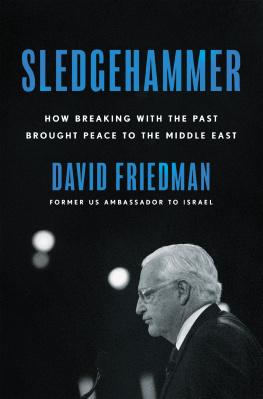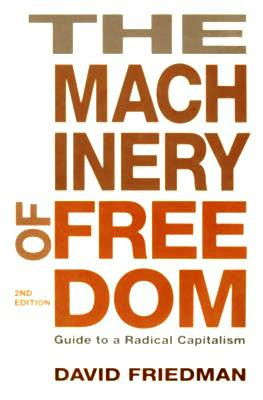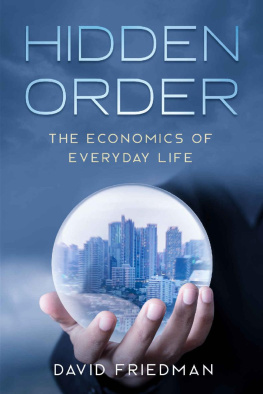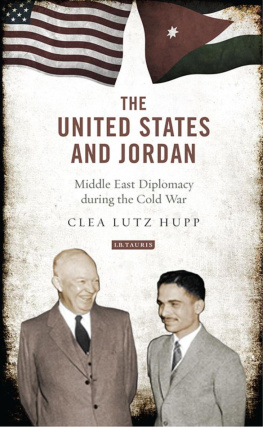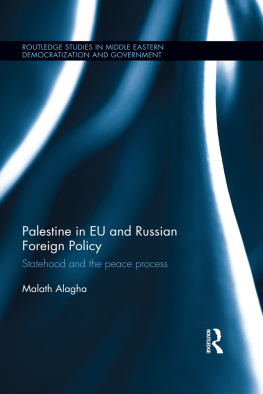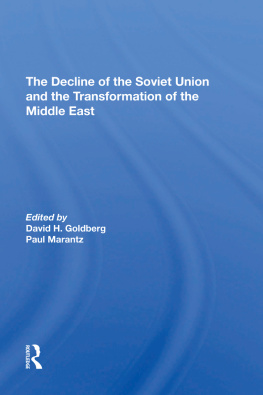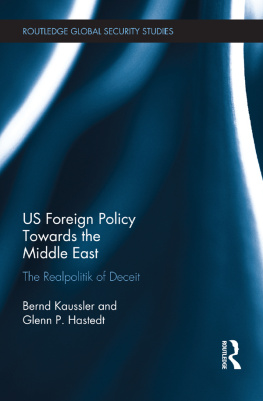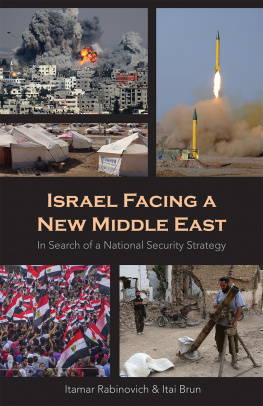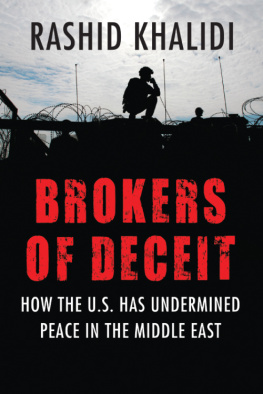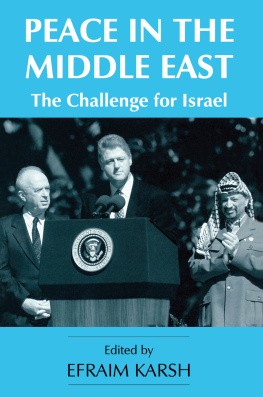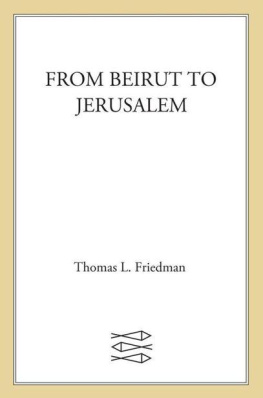David Friedman - Sledgehammer: How Breaking with the Past Brought Peace to the Middle East
Here you can read online David Friedman - Sledgehammer: How Breaking with the Past Brought Peace to the Middle East full text of the book (entire story) in english for free. Download pdf and epub, get meaning, cover and reviews about this ebook. year: 2022, publisher: Broadside Books, genre: Politics. Description of the work, (preface) as well as reviews are available. Best literature library LitArk.com created for fans of good reading and offers a wide selection of genres:
Romance novel
Science fiction
Adventure
Detective
Science
History
Home and family
Prose
Art
Politics
Computer
Non-fiction
Religion
Business
Children
Humor
Choose a favorite category and find really read worthwhile books. Enjoy immersion in the world of imagination, feel the emotions of the characters or learn something new for yourself, make an fascinating discovery.
- Book:Sledgehammer: How Breaking with the Past Brought Peace to the Middle East
- Author:
- Publisher:Broadside Books
- Genre:
- Year:2022
- Rating:3 / 5
- Favourites:Add to favourites
- Your mark:
Sledgehammer: How Breaking with the Past Brought Peace to the Middle East: summary, description and annotation
We offer to read an annotation, description, summary or preface (depends on what the author of the book "Sledgehammer: How Breaking with the Past Brought Peace to the Middle East" wrote himself). If you haven't found the necessary information about the book — write in the comments, we will try to find it.
The Trump administrations peace agreements in the Middle East were the greatest foreign policy accomplishment in decades. Now, for the first time, his ambassador to Israel explains how they pulled it off.
Doing the same thing over and over and expecting different results is insanity. For decades, the U.S. State Department called it diplomacy.
David Friedman was an outside candidate when President Trump appointed him U.S. ambassador to Israel. He took office to find U.S.-Israel policy stuck in stalemate. For years, accepted wisdom was that extensive experience and detailed knowledge of Middle Eastern history and culture were necessary to negotiate treaties. In truth, Friedman realized, all parties played on that accepted wisdom to stallexpecting to get a better deal further down the road.
Tossing the State Department playbook aside and incorporating insights from his many years as a negotiator in the American private sector, Friedman and a small team with no prior diplomatic experience revamped American diplomacy to project peace through strength. He emphasized the importance of leverage, the key to any good negotiation. After painstaking, behind-the-scenes work, the Abraham Accords were signed: a historic series of peace deals between Israel and the five Muslim nations.
In Sledgehammer, Friedman tells the true story of how the Abraham Accords came about. He takes us from the Oval Office to the highest echelons of power in the Middle East, putting us at the table during the intense negotiations that led to this historic breakthrough. The inside story of arguably the greatest achievement of the Trump Administration, Sledgehammer is an important, inspiring account of the hard, hopeful work necessary to bring long overdueand lastingpeace to one of the most turbulent and tragic regions of the globe.
David Friedman: author's other books
Who wrote Sledgehammer: How Breaking with the Past Brought Peace to the Middle East? Find out the surname, the name of the author of the book and a list of all author's works by series.

